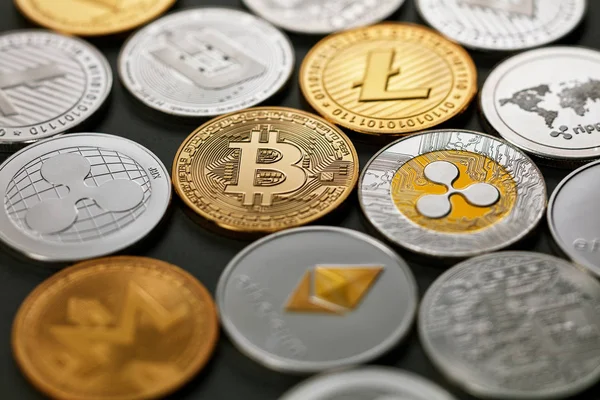As the blockchain and cryptocurrency industry continues its meteoric growth, a rising challenge is interoperability between different networks. Enter polygon bridge – an innovative solution that links independent layer 1 and layer 2 blockchains, allowing seamless transfer of assets and data between chains.
So what exactly are polygon bridges and why are they important? In simple terms, blockchain bridges act as a connection layer that enables communication between two networks with different protocols and architectures. Much like a physical bridge allows movement across obstacles like rivers or valleys, a digital bridge does the same but across blockchains.
The polygon network specifically utilizes bridge technology to achieve interoperability between the various solutions in its ecosystem. This includes bridges between Ethereum mainnet, polygon POS chain, polygon Matic chains, and more. DefiWay polygon bridges enable assets in one chain to be used flexibly in other chains, while ensuring security of transactions.
Decentralized Bridges for Seamless Asset Transfer
Polygon’s decentralized bridge framework involves smart contracts on each blockchain to enable asset movement without a centralized custodian. Ethereum assets can get locked in a smart contract on one chain, with a proportional release happening on the other chain. This atomic swap style movement maintains 1:1 parity between assets on both sides.
Such decentralized bridges eliminate single points of failure, allowing for robust architecture. They also avoid security issues like customers’ funds getting stuck or lost, since there is no centralized control. The only risk comes from potential smart contract bugs, which polygon’s diligent audits substantially minimize.
Besides asset transfers, polygon bridges also relay transaction data between blockchains. This data communication powers other use cases like NFT marketplace listing across networks or execution of trustless transactions via blockchain encoding.
Fueling the Multi-Chain Future
Interoperability is positioned to be a make-or-break capability for blockchains to power the emerging Web3 landscape. Isolated networks limit what users can do within the crypto economy, even if the underlying base layer is highly scalable or decentralized.
Polygon bridges tear down these barriers, turning the polygon ecosystem into an “internet of blockchains”. Separate specialized chains can interconnect in a stable and efficient way to combine strengths. Assets deployed for DeFi on Ethereum get portable benefits of polygon chains – faster transactions, lower fees, flexible security models and more.
This plug-and-play nature means developers don’t have to worry about supporting each blockchain separately. Polygon’s modular approach handles interoperability behind the scenes, while users face no visible difference in asset utility whether moving across chains.
Such seamless cross-chain coordination and asset movements will likely dominate how large-scale crypto usage evolves. Chains need to talk to each other, allowing capital and data to flow freely to the most optimal destinations. Just as the hyperconnected internet brought infinite possibilities for information applications, web3 necessitates connected blockchains to realize its true potential. Polygon bridges deliver the vital glue to enable this future.
